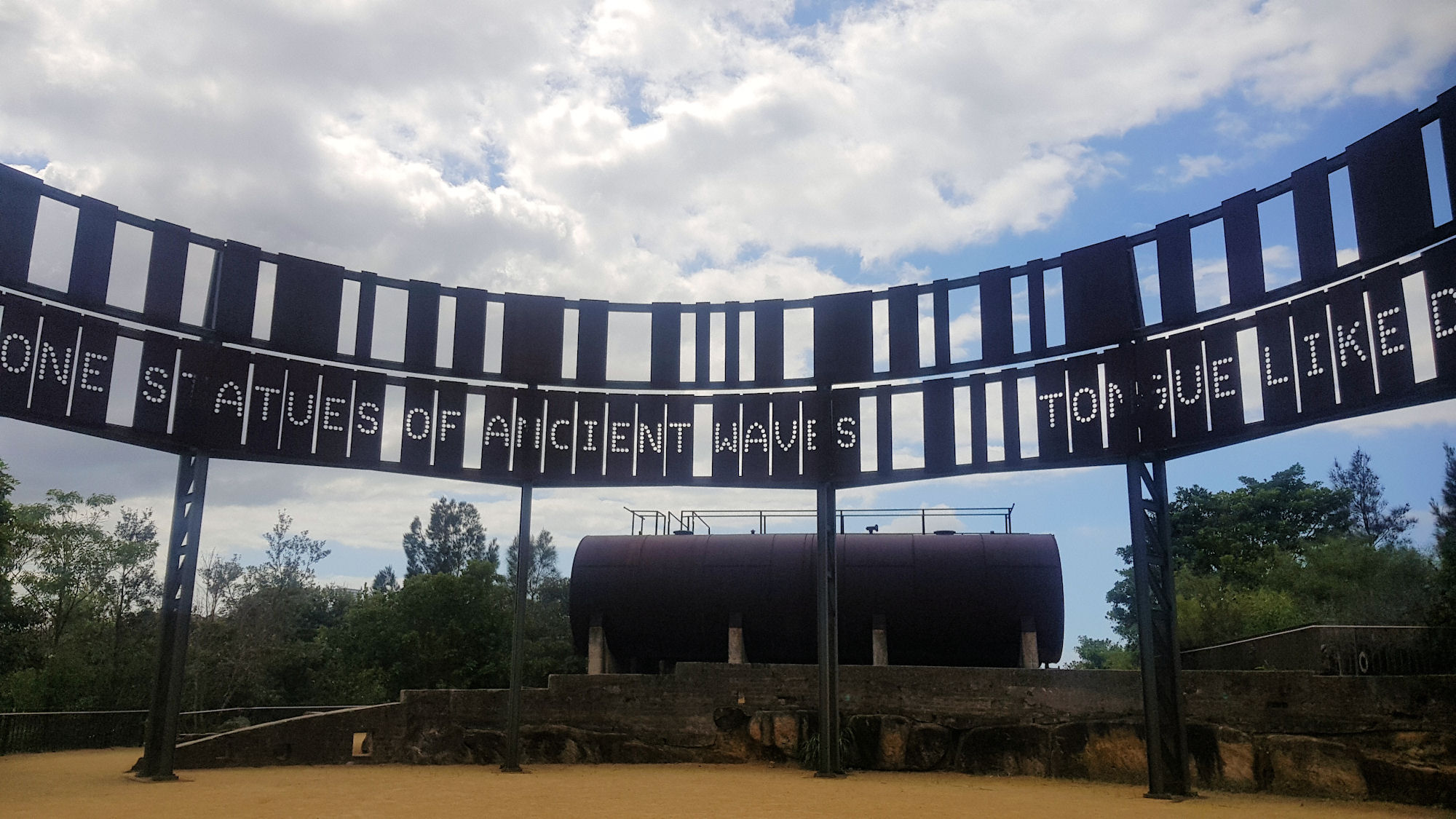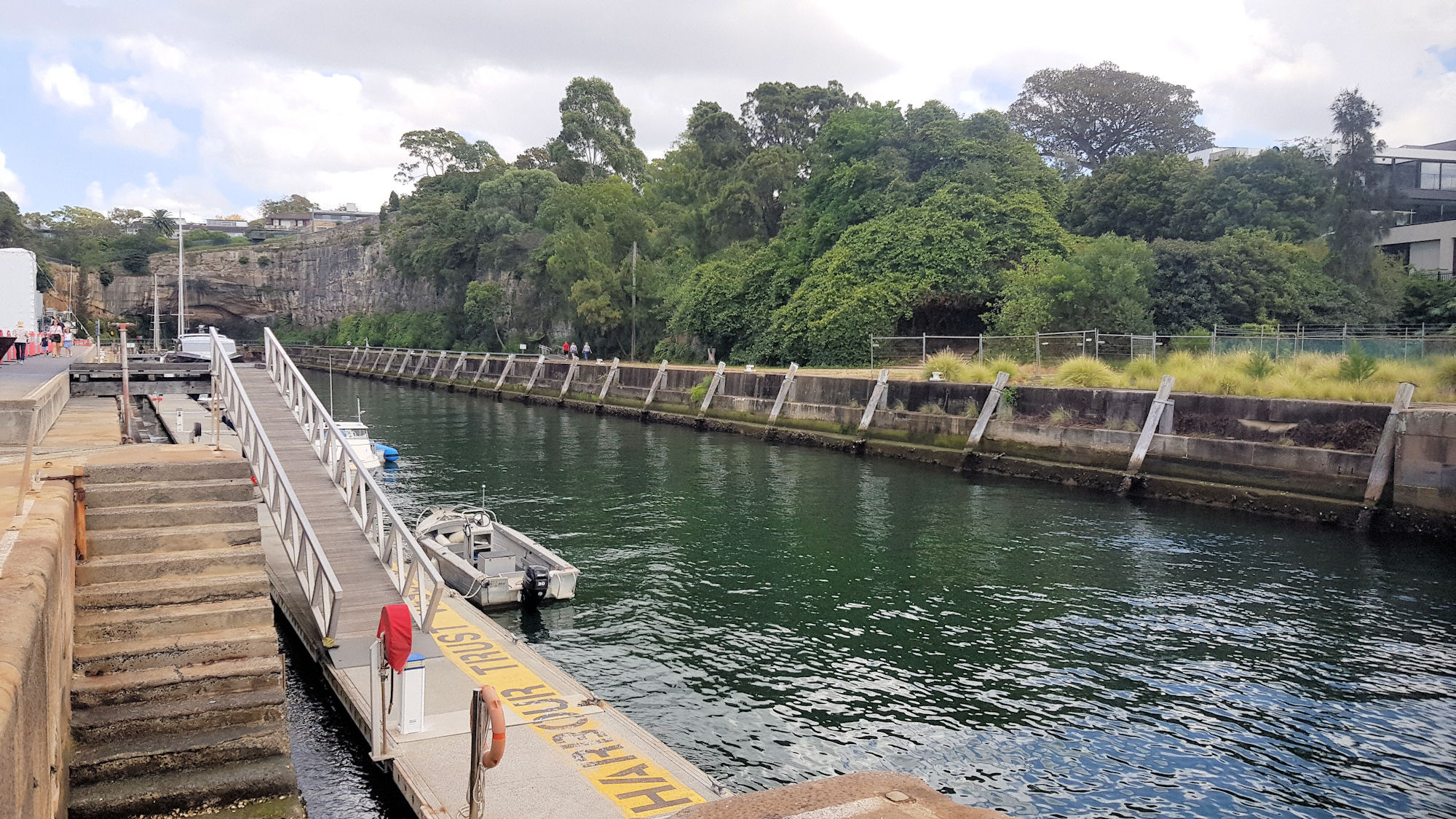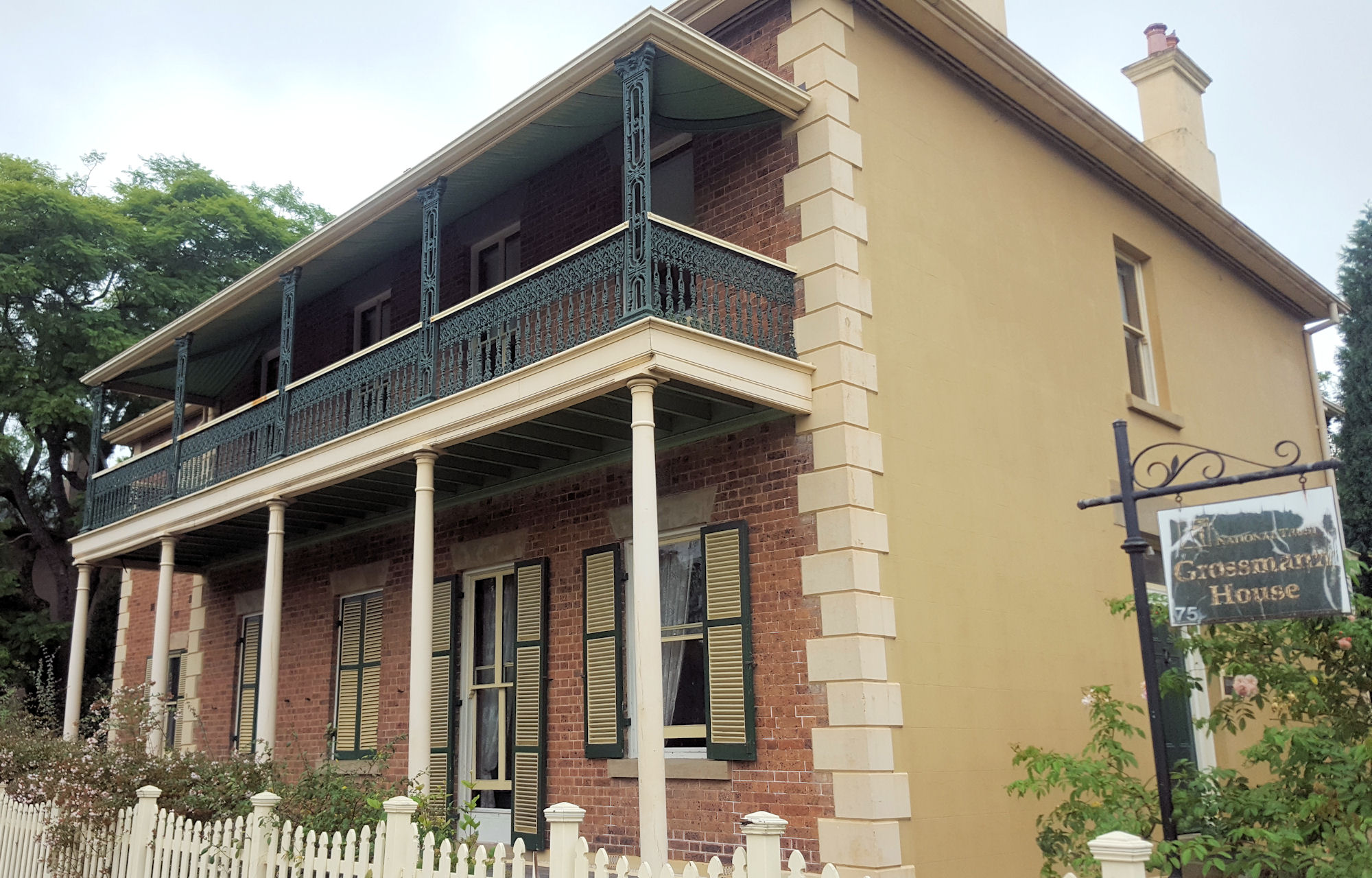Category: Australia
-
Ballast Point Park Sydney Harbour

Ballast Point Park Getting There Located near Balmain Ferry Wharf, the easiest way to get to Ballast Point Park, is ferry. When you arrive, check out the old ferry wharf building, which is now a community library. Originally a fuel storage area, Ballast Point is now a beautifully rehabilitated public space on Sydney Harbour. Intended… Read more
-
Woolwich Dock on Sydney Harbour

Woolwich Dock Originally the largest dry dock in Australia when completed in 1910, Woolwich Dock is now a reminder of the past. Owned by the Sydney Harbour Federation Trust, the dock is well maintained and access is free. Getting There Only a ten-minute walk from Woolwich Wharf, Woolwich Dock was once a bustling shipyard, but… Read more
-
Grossmann House Maitland

Grossmann House Maitland Located in Maitland opposite St Mary’s Anglican Church, Grossmann House is a heritage-listed former residence and Maitland Girls’ High School premises and now house museum. Built in 1870 by local businessman Isaac Beckett, the house represents the success of his business with Samuel Owen. The adjacent Brough House built by Owen is… Read more